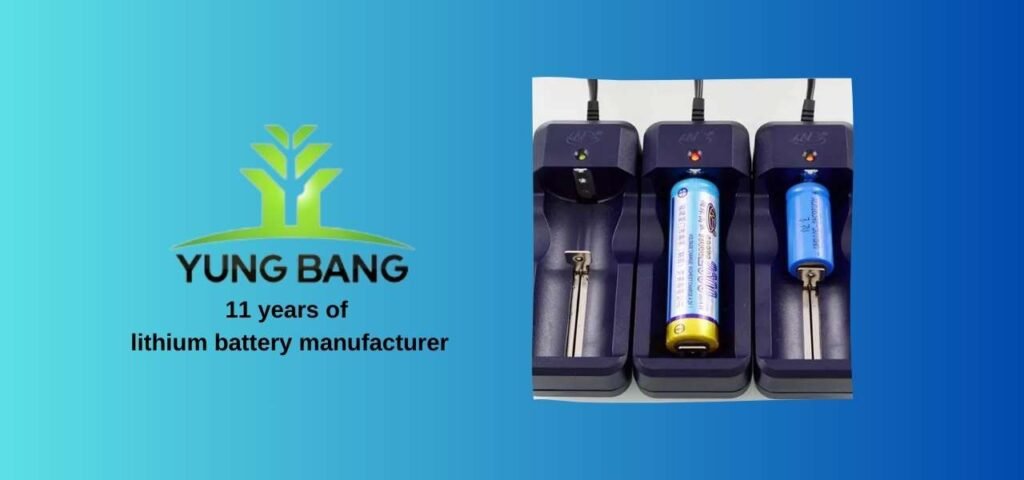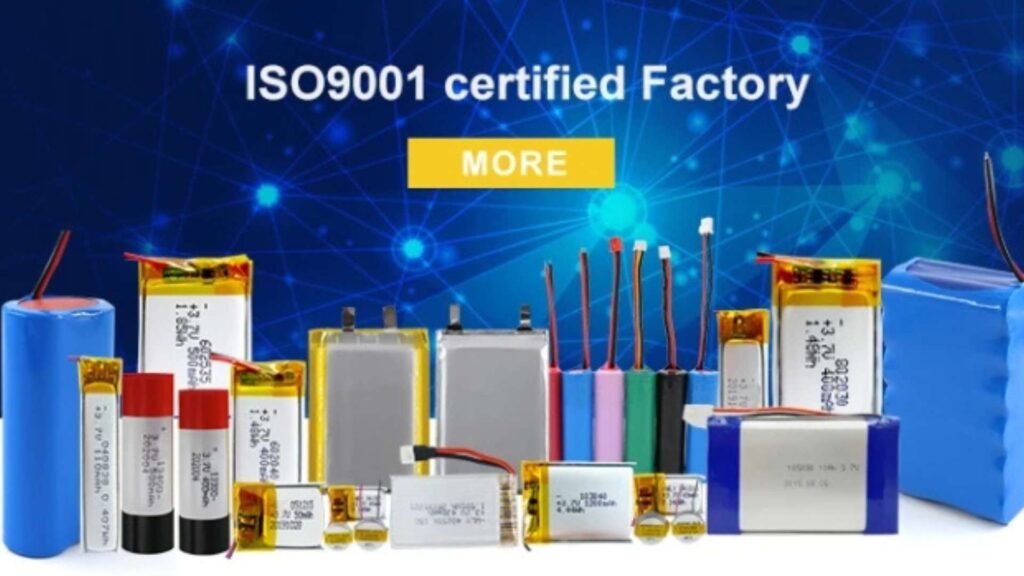A 锂聚合物 (LiPo) 电池充电器 是安全高效地为遥控设备、无人机、电动汽车和其他高性能应用中使用的锂聚合物电池充电的必备工具。与其他类型电池的标准充电器不同,锂聚合物电池充电器专门设计用于管理锂聚合物电池的独特充电要求,确保电池的使用寿命、安全性和最佳性能。
在本指南中,我们将介绍有关选择和使用锂聚合物电池充电器的所有知识,包括充电基础知识、需要注意的关键功能和安全提示。

为什么需要专用的锂聚合物电池充电器?
锂聚合物电池对充电条件非常敏感,充电不当会导致过热、膨胀甚至起火。专用锂聚合物电池充电器的设计目的是:
- 余额收费:锂聚合物电池通常有多个电池单元(如 2S、3S 或 4S)。锂聚合物电池充电器可确保所有电池均以相同电压充电,防止任何单个电池过度充电或充电不足。
- 电压调节:锂聚合物电池充电器可调节电压水平,确保电池安全充电,通常每个电池可充至 4.2V。
- 充电模式:这些充电器具有各种模式,如平衡充电、存储充电和快速充电,可满足锂聚合物电池的需要。
锂电池充电器的主要功能
选择锂聚合物电池充电器时,应注意以下特点,以确保兼容性、安全性和便利性:
细胞计数支持
锂聚合物电池有不同的配置,如 1S (3.7V)、2S (7.4V)、3S (11.1V) 等。确保充电器支持 的 细胞计数 的电池。 大多数充电器可处理的范围很广,通常从 1S 到 6S 或更高。
平衡充电
平衡充电对于多节锂聚合物电池至关重要。充电器可确保每个电池达到相同的电压水平(例如每个电池 4.2V)。这样可以防止过充或欠充,以免降低性能或缩短电池寿命。
可调充电速率(安培)
充电率以安培 (A) 为单位,决定了电池的充电速度。好的充电器可以根据电池的规格调整充电率。理想的充电速率通常为 1C其中 C 是电池的容量,单位为安培小时(Ah)。例如
- 2200mAh (2.2Ah) 电池应以 2.2A 的电流充电,充电速度为 1C。
有些充电器还支持更快的速率,例如 2C 或 3C这样可以加快充电速度,但可能会缩短电池寿命。
多种充电模式
- 标准收费:安全地为电池充满电。
- 余额收费:确保所有电池都能均匀充电,是多节锂聚合物电池的理想选择。
- 存储费:可将电池充放电至安全储存电压(每节电池 3.8V),适合长期储存。
- 快速充电:为电池快速充电,但可能会跳过平衡,适合短期使用。
显示和监控
带有 LCD 或数字显示屏的充电器可让您监控重要参数,例如
- 每个电池的电压
- 电池总电压
- 充电率
- 剩余充电时间
一些先进的充电器还提供详细的图表和数据日志,用于监测性能。
电源
锂聚合物充电器根据其电源主要分为两种类型:
- 交流充电器:可直接插入墙上插座,方便家庭使用。
- 直流充电器:需要外接电源,如 12V 汽车电池或电源适配器,因此非常适合野外使用。
- 交流/直流充电器:提供两种选择,以实现最大的多功能性。
连接性和智能功能
- USB 端口:有些充电器可通过 USB 连接进行固件更新或数据记录。
- 智能充电器:自动检测电池类型、电池数量和最佳充电设置。

如何安全地为锂聚合物电池充电
给锂聚合物电池充电时需要小心谨慎,以防损坏或发生危险。请按照以下步骤进行安全充电:
1.使用防火充电袋
始终将锂聚合物电池放在 防火锂电池包 充电。这最大限度地降低了过热或故障时火势蔓延的风险。
2.设置正确的参数
启动前,请正确配置充电器:
- 电池类型:选择 "锂聚合物 "模式。
- 细胞数:确保充电器检测到正确的电池数量(如 3 芯电池为 3S)。
- 收费率:将充电速率设置为 1C,除非电池另有规定。
3.监控充电过程
充电时切勿让锂聚合物电池处于无人看管的状态。定期检查电池和充电器是否有过热或异常迹象。
4.使用平衡充电模式
对于多节锂聚合物电池,请始终使用平衡充电模式。这可确保所有电池的电压分布均匀,防止过早磨损或故障。
5.在阴凉干燥处充电
避免在阳光直射或靠近易燃物的地方为锂聚合物电池充电。在阴凉、干燥和通风良好的地方充电。
推荐的锂聚合物充电器
下面列出了适用于各种应用的流行可靠的锂聚合物充电器:
ISDT Q6 Pro
- 特点:设计紧凑,支持高达 6S、300W 输出功率和平衡充电。
- 最适合:需要便携式高性能充电器的遥控爱好者。
SkyRC iMAX B6AC V2
- 特点:支持 AC/DC、平衡充电、存储充电和 LCD 显示屏。
- 最适合:寻找经济实惠的多功能充电器的初学者和业余爱好者。
Hitec RDX1 Pro
- 特点:100W 功率、支持 1-6S 和用户友好界面。
- 最适合:希望获得可靠、高品质充电器的家庭用户。
工具包 RC M6D
- 特点:双通道充电(同时为两块电池充电)、500 瓦输出功率和彩色显示屏。
- 最适合:使用多节电池的高级用户。
毒液专业双人组
- 特点:双通道 80W 充电、平衡充电和多种连接器类型。
- 最适合:使用多块电池的遥控飞行员和驾驶员。
锂电池充电安全提示
为避免意外事故并延长锂聚合物电池的使用寿命,请遵守以下安全提示:
- 避免过度充电:切勿将锂聚合物电池充电至超过每节 4.2V 的最高电压。
- 不要给损坏的电池充电:如果电池肿胀、穿孔或有其他损坏,请勿尝试充电。
- 使用正确的充电器:请务必使用专为锂聚合物电池设计的充电器。
- 监控温度:如果电池或充电器温度过高,请立即停止充电。
- 安全存放电池:充电后,请将锂聚合物电池储存在其储存电压(每节电池 3.8V)下,以防止电池性能下降。
结论
A 锂聚合物电池充电器 对于在遥控模型、无人机或其他应用中使用锂聚合物电池的人来说,锂聚合物充电器是一项至关重要的投资。通过了解锂聚合物电池充电器的特性和功能,您可以确保安全充电、延长电池寿命并最大限度地提高设备性能。
选择支持电池规格、提供平衡充电并具有安全功能的充电器,以保护您的投资。始终遵循充电和储存的最佳实践,让您的锂聚合物电池能够可靠地使用多年。
